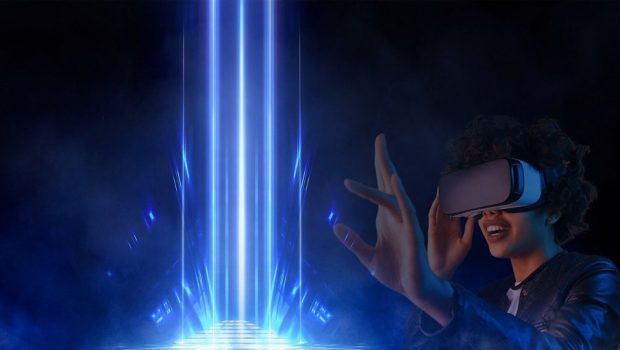The Evolution of Technology: A Look at AR, VR and The Aftermath of Covid-19
As the world adopts new-normal policies in the wake of COVID-19, technology takes center stage. Businesses are now placing greater focus on the use of augmented reality (AR) and virtual reality (VR), both of which failed to attract that much attention before the pandemic.
Since COVID-19 hit in 2020, things have evolved quickly. AR and VR, which were once part of a niche technology, have both become a global trend. Their primary uses, which revolve around connecting the digital and physical worlds, are now widely recognized across multiple industries.
AR technology takes the users to an immersive environment that provides a highly visual, interactive, and improved, composite version of the real world. Meanwhile, VR focuses on modeling and simulation using interactive devices.
It's certainly no discovery that innovation and online gambling have long been walking hand in hand. With every passing year, the technological advancements and how rapidly they're being made is something that's almost hard to keep up with. Undoubtedly, even online casino operators and their team of experts surely have their work cut out for them. However, the time has only proven that the two entities seem to complement one another in such a way that players' experiences are continuously being enhanced.
So how do AR & VR improve how people go about things in the COVID-19 era?
Based on current circumstances, there's great willingness and enthusiasm to invest more in AR and VR because of their significant applications in the following areas:
Education
AR's main purpose is to provide an enhanced view of real-world objects, which is why this technology excels in terms of visualization. One important application of AR is in education and learning. Schools have been closed since 2020 due to the pandemic but they have found a way to enable students to continue with their studies by adopting e-learning models which include the use of AR devices.
One example is the HoloAnatomy software suite developed by the Case Western University Team in collaboration with the Cleveland Clinic. Through this AR-based software, students can view even the tiniest details of the human body via 3D technology, which serves as an additional tool for them to study the human anatomy apart from using medical textbooks and performing cadaver dissection.
Business/Retail
With work-from-home arrangements now becoming the new norm, the adoption of AR and VR technologies makes sure that work productivity is still maintained. VR devices in particular enable team members working from their respective homes to join a virtual environment where they can communicate with each other, discuss work, or collaborate on certain projects.
Those involved in retail are reaping the huge benefits of AR. During the worldwide lockdowns, customers turned to online shopping. Retail companies adopted AR technology to present their products to customers in a more interactive way.
Without going to physical stores, shoppers can check the details and specs of the product they're looking for through 3D and AR. The most interesting part is that these features have mobile versions, making the shopping experience more convenient.
Medical Field
AR and VR have also been used for the management of infectious diseases, including COVID-19. VR's simulation features have been used for infection prevention and response, while AR has also been adopted in a wide range of industries, such as healthcare, primarily for creating high-resolution images and visualizing medical concepts.
AR and VR have provided a platform for doctors and other health professionals to communicate and discuss steps to mitigate the impact of COVID-19 even without face-to-face interaction.
Other applications, such as live video streaming, have also helped big time in improving surveillance systems regarding the ongoing health crisis. In addition to that, both technologies have also been used for medical training and marketing, disease awareness, and even patient treatment.
AR and VR are also enjoying increasing popularity for their applications in entertainment and gaming. During the lockdowns, all entertainment and concert venues were forced to close, but people were still able to watch their favorite artists perform via digital concerts using AR/VR technology. Gamers are also enjoying an enhanced experience as games have now become more immersive.
As AR and VR enter the mainstream, this technological trend is expected to continue even after the pandemic.
(Devdiscourse's journalists were not involved in the production of this article. The facts and opinions appearing in the article do not reflect the views of Devdiscourse and Devdiscourse does not claim any responsibility for the same.)








Gloss